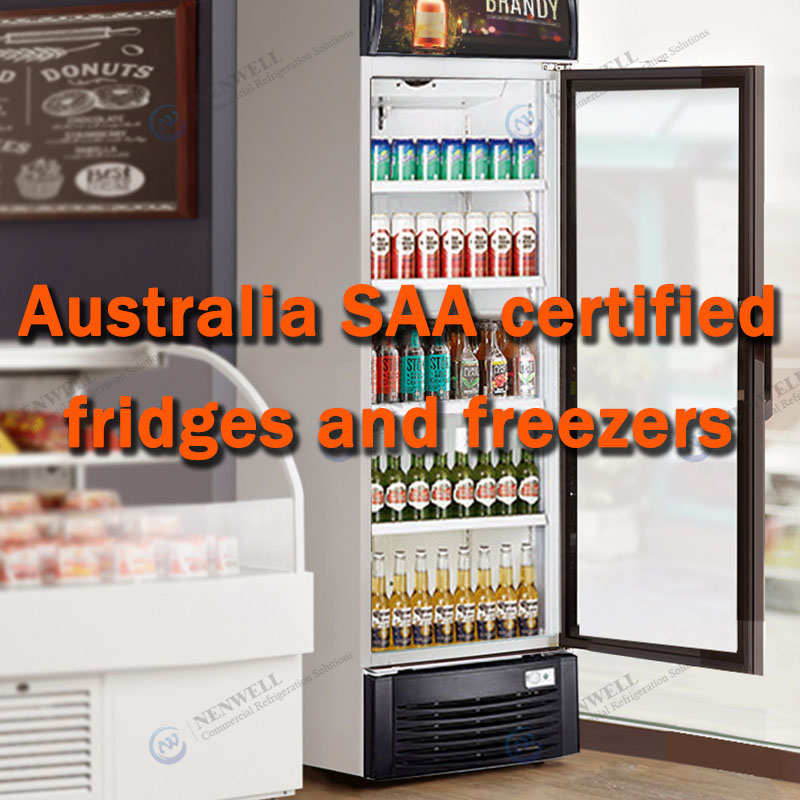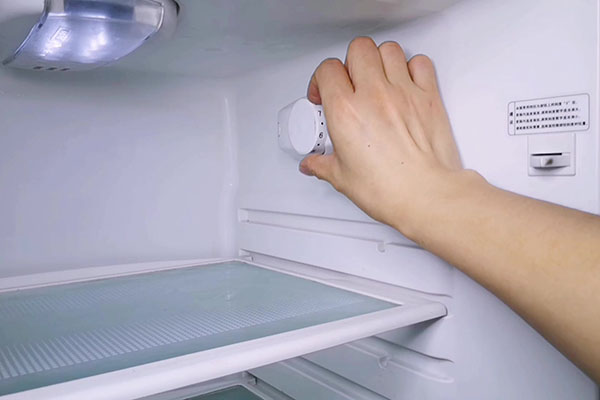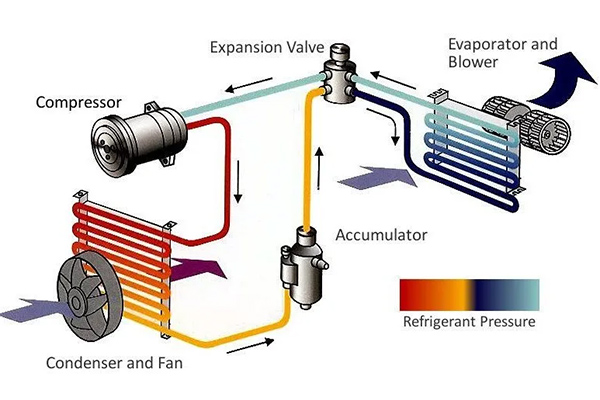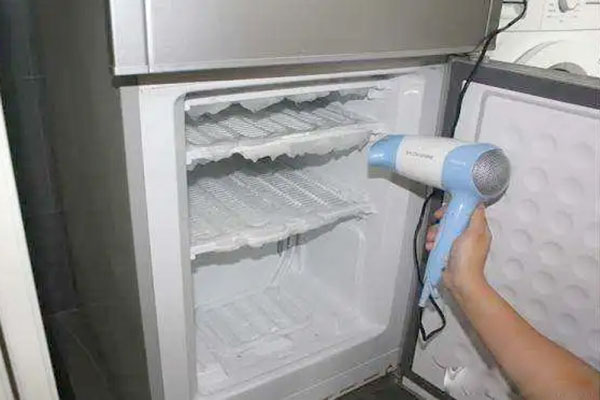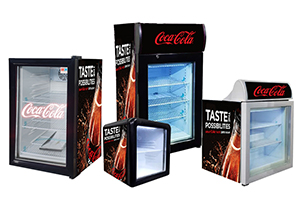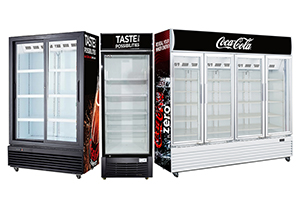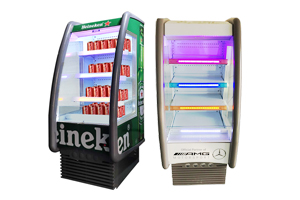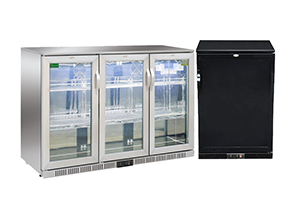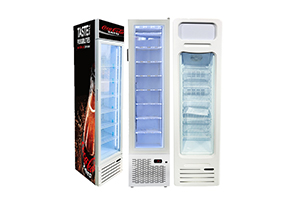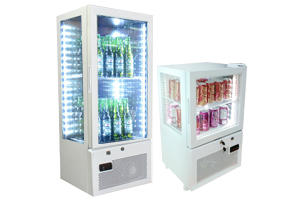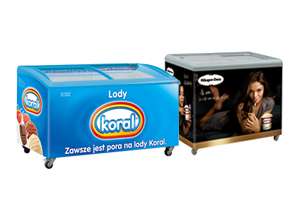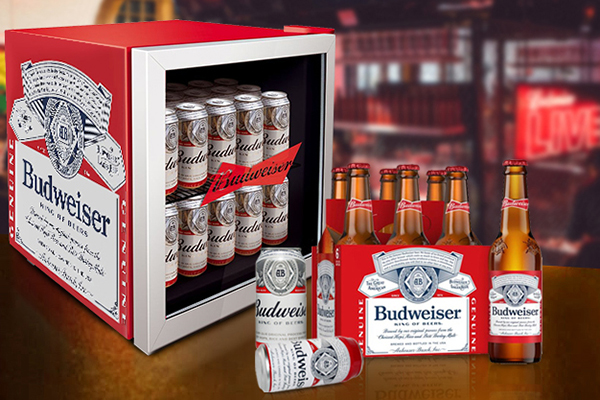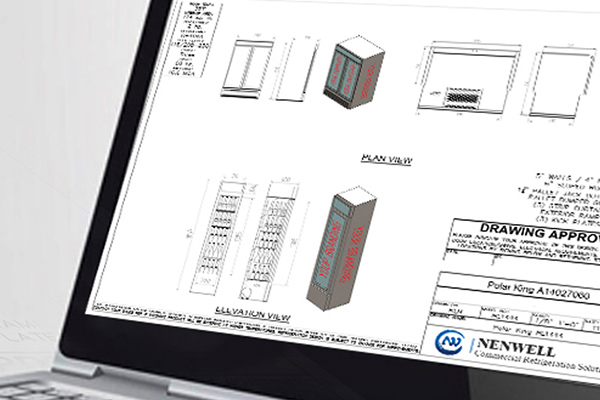What is SAA Certification ?
SAA (Standards Australia)
SAA, which stands for "Standards Australia," is an Australian organization responsible for developing and maintaining technical standards in the country. SAA does not issue certifications directly; instead, it establishes and publishes standards that products and services must meet to ensure safety, quality, and performance. Manufacturers and suppliers can use these standards to design, manufacture, and test their products to ensure they meet the required specifications. SAA standards cover a wide range of industries and products, including electrical and electronic equipment.
What are SAA Certificate's Requirements on Refrigerators for Australian Market ?
As of my last knowledge update in January 2023, the Australian market typically follows electrical and safety standards set by organizations such as Standards Australia (SAA). While SAA itself does not issue certificates, it establishes the standards that manufacturers must adhere to in order to ensure that their refrigerators and other electrical appliances meet safety and performance requirements for the Australian market. When it comes to selling refrigerators in Australia, compliance with Australian standards is crucial. Here are some key considerations for refrigerators in the Australian market:
Electrical Safety
Refrigerators must meet electrical safety standards to prevent electrical shock and fire hazards. Compliance is essential to ensure that the product is safe for consumers.
Energy Efficiency
Australian standards may include requirements related to energy efficiency. This is important for reducing energy consumption and environmental impact.
Material Safety
The materials used in the construction of the refrigerator, including insulation and components, should meet safety and environmental standards. The use of hazardous materials should be minimized.
Refrigerant Safety
Compliance with standards for refrigerants is important to prevent environmental damage and ensure safety. Refrigerants should be approved, and the design should minimize the risk of refrigerant leaks.
Labeling and Marking
Refrigerators may be required to bear safety labels and markings indicating compliance with Australian standards. The markings should be clear and easy to understand.
Documentation
Manufacturers should maintain documentation and records that demonstrate compliance with Australian standards. This documentation may include test reports and risk assessments.
Energy Rating Label
Energy rating labels are often required for appliances like refrigerators. These labels provide consumers with information about the appliance's energy efficiency and help them make informed choices.
Warranty and Consumer Rights
Manufacturers should ensure that their products are covered by appropriate warranties and comply with consumer rights legislation in Australia.
Compliance with AS/NZS Standards
AS/NZS standards (Australian/New Zealand Standards) are often referenced in relation to the safety and performance of electrical appliances. Refrigerator manufacturers should be aware of the specific standards relevant to their products.
Tips about How to Obtain SAA Certificate for Fridges and Freezers
Obtaining an SAA (Standards Australia) certificate for fridges and freezers is essential to demonstrate compliance with safety and performance standards in Australia. SAA is a recognized organization that sets standards and offers product testing and certification services. Here are some tips on how to obtain an SAA certificate for your fridges and freezers:
Identify Applicable Standards
Determine the specific SAA standards and regulations that apply to refrigerators and freezers in Australia. These standards may include safety, electrical, and energy efficiency requirements.
Assess Product Compliance
Conduct a thorough assessment of your fridges and freezers to ensure they meet the requirements of the relevant SAA standards. This may involve design modifications to meet specific safety and performance criteria.
Risk Assessment
Perform a risk assessment to identify and address potential hazards associated with your products. Implement appropriate safety measures to mitigate identified concerns.
Technical Documentation
Prepare comprehensive technical documentation that includes information about your product's design, specifications, safety features, and test results. This documentation is essential for the certification process.
Testing and Verification
Depending on the standards applicable to your products, conduct testing or verification to confirm compliance. This may include electrical safety testing, energy efficiency testing, and other assessments.
Compliance Certification
Choose a recognized certification body accredited by the Joint Accreditation System of Australia and New Zealand (JAS-ANZ). Submit an application for compliance certification with this certification body.
Certification Assessment
The certification body will assess your products against the SAA standards. This may involve audits, inspections, and testing as necessary.
Compliance Certificate
If your products successfully meet the required standards and pass the assessment process, you will be granted an SAA compliance certificate. This certification signifies that your fridges and freezers comply with recognized safety and performance standards in Australia.
Display the SAA Mark
After receiving the SAA compliance certificate, you can display the SAA Mark on your products. Ensure that the mark is placed prominently to inform consumers and regulators that your products meet Australian standards.
Ongoing Compliance
Maintain records and documentation related to your products and ensure ongoing compliance with SAA standards. Be prepared for audits, inspections, or surveillance by the certification body.
It's essential to work closely with the chosen certification body accredited by JAS-ANZ throughout the certification process. Ensure that you stay informed about any updates or changes to SAA standards that may affect your products. Additionally, consult with experts in product certification to ensure a successful and efficient certification process.
The Difference Between Static Cooling And Dynamic Cooling System
Compare with static cooling system, dynamic cooling system is better to continuously circulate the cold air around inside the refrigeration compartment...
Working Principle Of Refrigeration System – How Does It Work?
Refrigerators are extensively used for residential and commercial application to help store and keep food fresh for longer, and prevent spoilage ...
7 Ways to Remove Ice from a frozen Freezer (the Last Method Is Unexpected)
Solutions to removing ice from a frozen freezer including cleaning the drain hole, changing the door seal, manual removing the ices ...
Products & Solutions For Refrigerators And Freezers
Retro-Style Glass Door Display Fridges For Beverage & Beer Promotion
Glass door display fridges can bring you something a little different, as they are designed with an aesthetic appearance and inspired by the retro trend ...
Custom Branded Fridges For Budweiser Beer Promotion
Budweiser is a famous American brand of beer, which was first founded in 1876 by Anheuser-Busch. Today, Budweiser has its business with a significant ...
Custom-Made & Branded Solutions For Refrigerators & Freezers
Nenwell has extensive experience in customizing & branding a variety of stunning and functional refrigerators & freezers for different businesses...
Post time: Oct-27-2020 Views:

